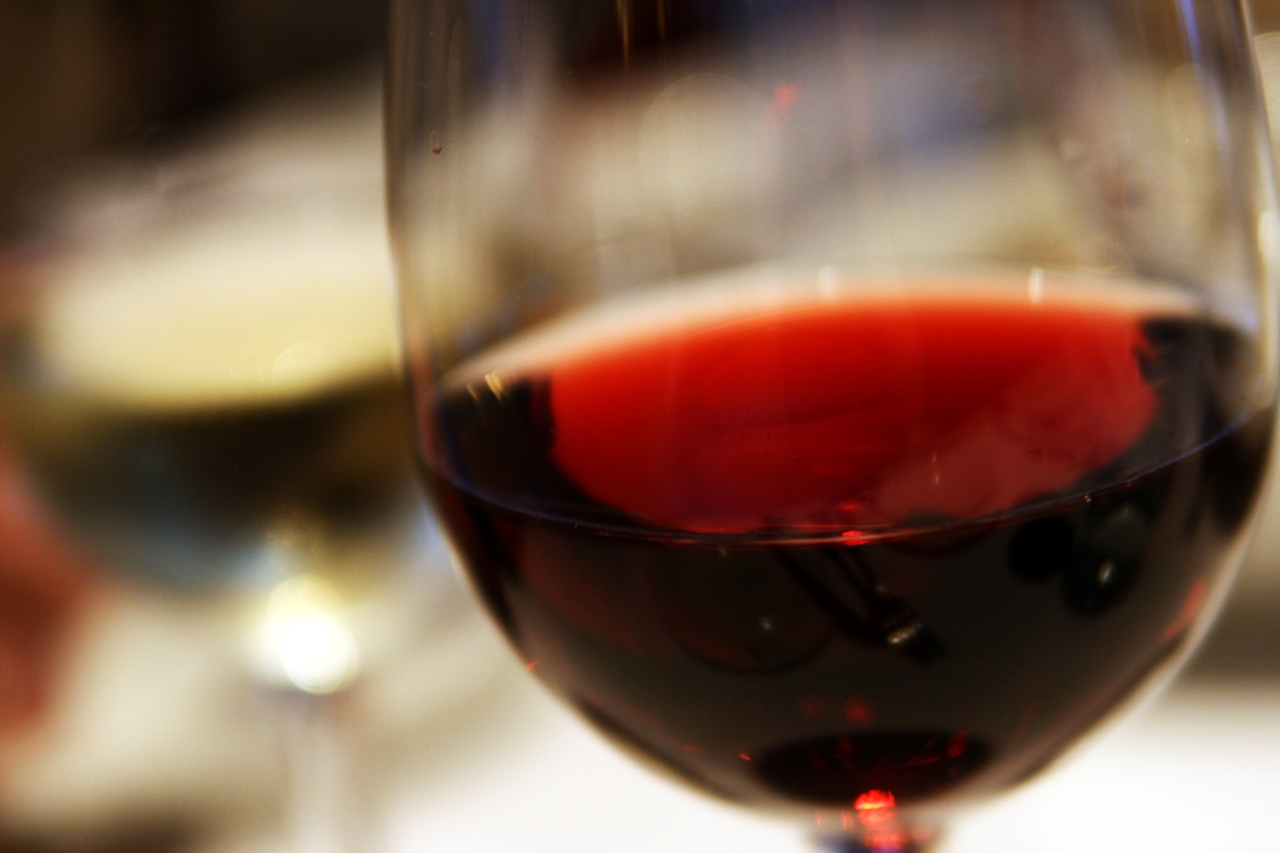A great deal of mystique surrounds wine, along with many ‘wine-wisdoms’ that are actually misleading myths. These common misconceptions can lead to embarrassing moments of not really knowing the facts; Britain’s original wine and spirits merchant Berry Bros. & Rudd set the record straight, sharing their top ten wine myths, whilst dispelling mistaken beliefs with reality.
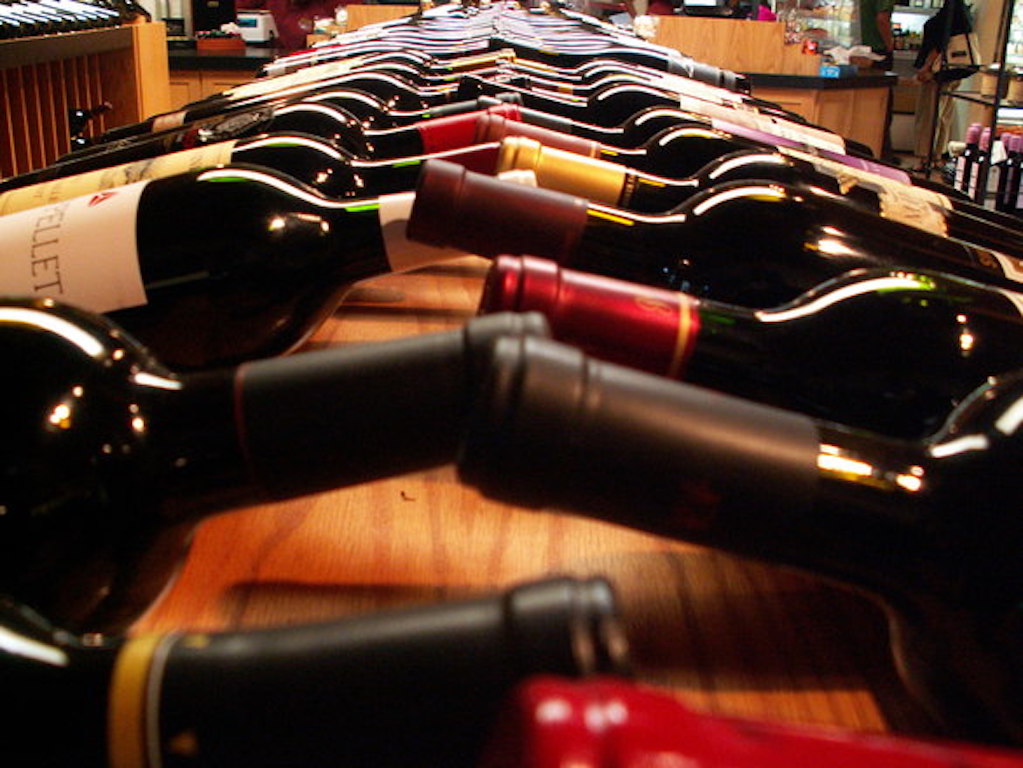
Belief: Wine Gets Better with Age
Reality: Most wines do not “age gracefully” in the bottle, but go from fresh to stale. They are generally made for drinking within a year or two of their release. Only about 1% of all wines improve with long-term cellaring (5-10 years). Often less approachable on release, they actually require the time to develop to reach a peak level of enjoyment.
Belief: Expensive Wines are Better Wines
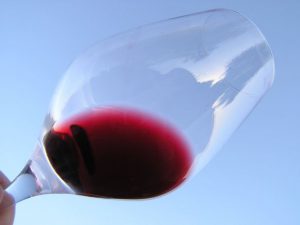 Reality: The question becomes what defines ‘better’. Remember wine prices are not only influenced by quality. Image – along with market conditions, demand and even currency fluctuations – influence the price. Less familiar wines from more unfashionable regions and producers can also offer surprisingly good value for money.
Reality: The question becomes what defines ‘better’. Remember wine prices are not only influenced by quality. Image – along with market conditions, demand and even currency fluctuations – influence the price. Less familiar wines from more unfashionable regions and producers can also offer surprisingly good value for money.
Belief: Heavier Bottles are Higher Quality Wines
Reality: Don’t judge a book by its cover. Some winemakers put their most expensive wines in heavy bottles in an attempt to justify a hefty price to match. A heavier bottle certainly indicates that the winery has made a substantial investment in the packaging. But that doesn’t guarantee exceptional wine. The cost of shipping heavier packing costs more, which is built into the final retail price! Enjoyable to ponder over a nice dinner and less suited to a Barbeque or junk trip.
Belief: Wine Doesn’t go with Chinese Food
Reality: Not true, if you choose suitable wine. Chinese food pairs perfectly with wines that have high acidity, lower alcohol and relatively understated flavours and aromas, like Riesling if you prefer white wine, or Pinot Noir if you like red.
Belief: Serious wines are always sealed with cork.
Reality: This is generally the case, as cork has long dominated the market as the preferred closure for its ability to allow small amount of oxygen into the wine to help aid its evolution – an important aspect for reds. It is a falicy though to think that wines don’t mature well under screw-cap. Many very high quality wines now use screwcaps.
Belief: The Only Heart-friendly Alcohol is Red Wine
Reality: Beer, wine, and liquors all confer the same health benefits. The so-called French Paradox claimed health-food status for red wine before subsequent research revealed that it’s not antioxidants that protect against heart disease, but alcohol, which raises levels of HDL, or good cholesterol, preventing plaque buildup in the arteries and reducing clotting factors that contribute to heart attack and stroke. Any alcoholic beverageconsumed in moderation (one to two drinks a day) can help to reduce heart disease risk.’
Belief: Red Wine causes more Headaches than White Whine Due to a Higher Sulfite 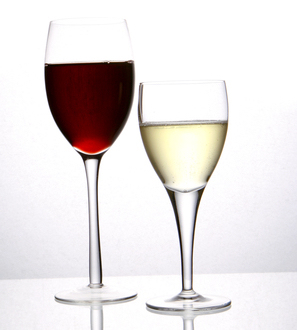 Content
Content
Reality: Sulfites (sulfur dioxide) is a preservative in many common daily foods, and does not cause headaches. Red wine has less added sulfites than white wines, as the tannin derived from grape skins provide an additional natural preservatives. So white wines, which don’t tannins and are generally lower in alcohol (alcohol is also a preservative) require more sulfites to prevent oxidation. The cause of headaches (the body’s reaction is to releasing histimines) or dehydration. To avoid a hangover headache, drink in moderation and rehydrate with water before you go to bed.
Belief: Cheese and Wine Always Pair Perfectly
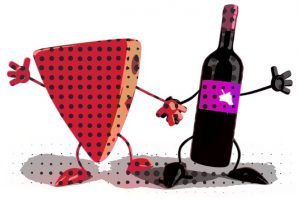 Reality: One of the biggest myths of all. Not all cheese goes well with wine! Heavy textured and strong tasting cheeses overpower the tongue’s ability to fully enjoy the richness and balance of a good wine – Pair cheese and wine carefully to ensure a great tasting experience, with a softer, milder cheese like Brie.
Reality: One of the biggest myths of all. Not all cheese goes well with wine! Heavy textured and strong tasting cheeses overpower the tongue’s ability to fully enjoy the richness and balance of a good wine – Pair cheese and wine carefully to ensure a great tasting experience, with a softer, milder cheese like Brie.
Belief: “Legs” are Evidence of a High-quality Wine
Reality: Legs, or “tears”, as the streaks that flow down a wine glass when you swirl are called, only indicate viscosity, largely attributable to alcohol content. The phenomenon is caused by alcohol evaporating at a faster rate and having a lower surface tension than water. The higher the alcohol, the fatter the legs and fuller-bodied wines generally have slower dripping legs.
Belief: Open the bottle to let it breathe.
Reality: Simply uncorking a bottle does not sufficiently aerate wine, because the narrow bottleneck restricts air. Letting the wine breathe in your glass is more effective, or pouring into a decanter. A midway tip is to pour a little wine into a glass, replace the cork or screw, and shake the bottle a little to aerate your wine to release all its flavours and aromas.
Read also: Choose Wine Like an Expert
– Source: Berry Bros. & Rudd
– Cover Image: cltampa.com

